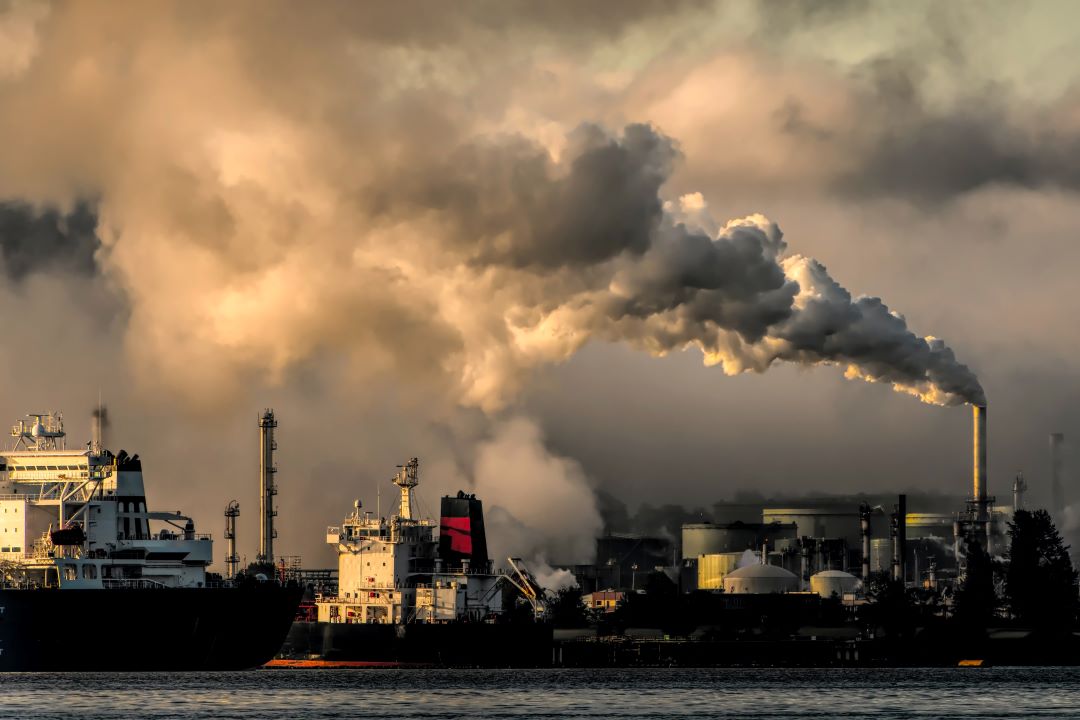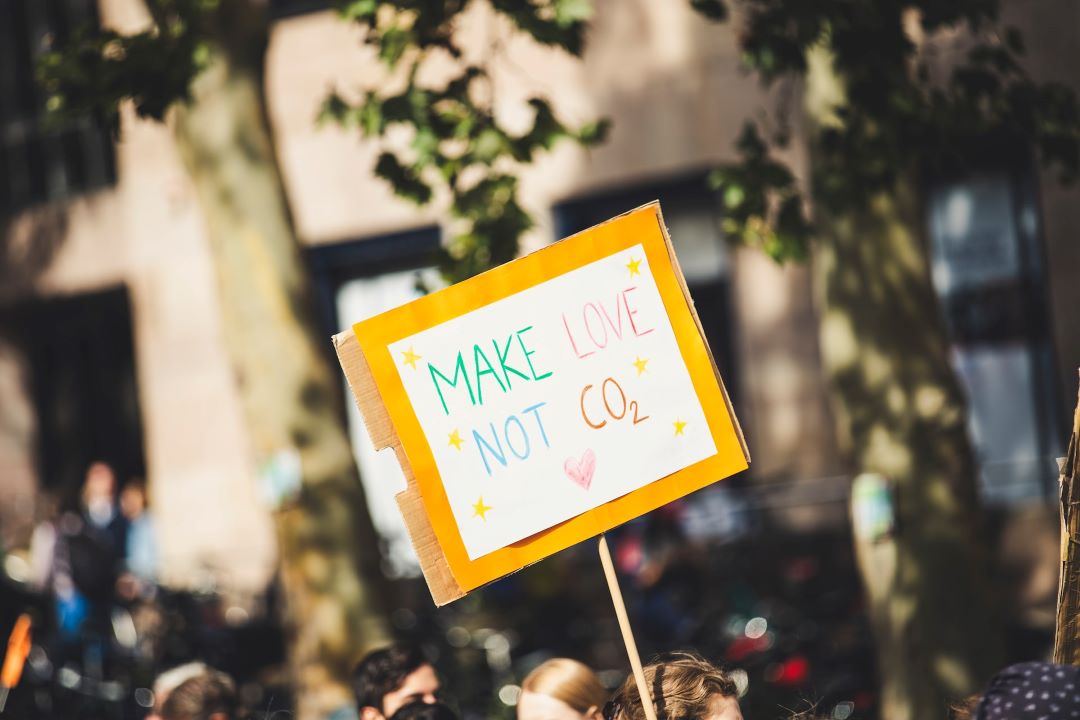Carbon dioxide emissions are constantly increasing globally. Only Europe and China will slightly reduce them; in other countries, CO2 emissions are rising. The main reason is apparently the revival of the economy and tourism after the end of the covid pandemic. However, the most incarcerated problem is the burning of fossil fuels.
CO2 World Producers
The Paris Agreement, which the world countries signed seven years ago, has not been successfully adhered to. The only year when CO2 emissions decreased was 2020. Now emissions tend to increase. The Global Carbon Project predicts that this year’s annual global CO2 emissions will reach 36.6 billion tons, which is about one percent more than last year. In addition, this year’s figure surpassed the previous record emission level of 36.3 Gt CO2 in 2019.

According to the Global Carbon Project, on the one hand, a decrease in emissions can be assumed in China (by 0.9 percent) and the European Union (by 0.8 percent). In the European Union, the decline in burning natural gas contributed the most to reducing emissions. On the other hand, emissions are growing year-on-year in the USA (by 1.5 percent) and significantly in India (by 6 percent). The rest of the world will contribute roughly 1.7 percent to the increase.
To Stop the Emission Growth Is Not Enough; a Reduction Is Inevitable
The burning of fossil fuels causes the vast majority of emissions, and the burning of oil is growing by 2.2 percent year-on-year. The rise in oil emissions can largely be explained by this year’s significant recovery in air traffic thanks to the lifting of coronavirus travel restrictions. Other important sources of CO2 emissions are changes in land use, mainly deforestation, which is responsible for about a tenth of emissions.

It is not enough to stop the growth of emissions. It is necessary to start reducing these emissions significantly. If current emission levels continue, there is about a 50% chance that global warming will exceed one and a half degrees in just nine years. In this case, there is a risk of damage to the environment – for example, the disappearance of coral reefs, continental glaciers, or the Amazon rainforest
To meet the goals of the Paris Agreement and stop warming between 1.5 and 2.0°C, humanity should start reducing carbon dioxide emissions by at least 1.4 billion tons of CO2 each year – this could lead to zero emissions by 2050.
Source: globalcarbonproject.org, featured image by Gerd Altmann from Pixabay















